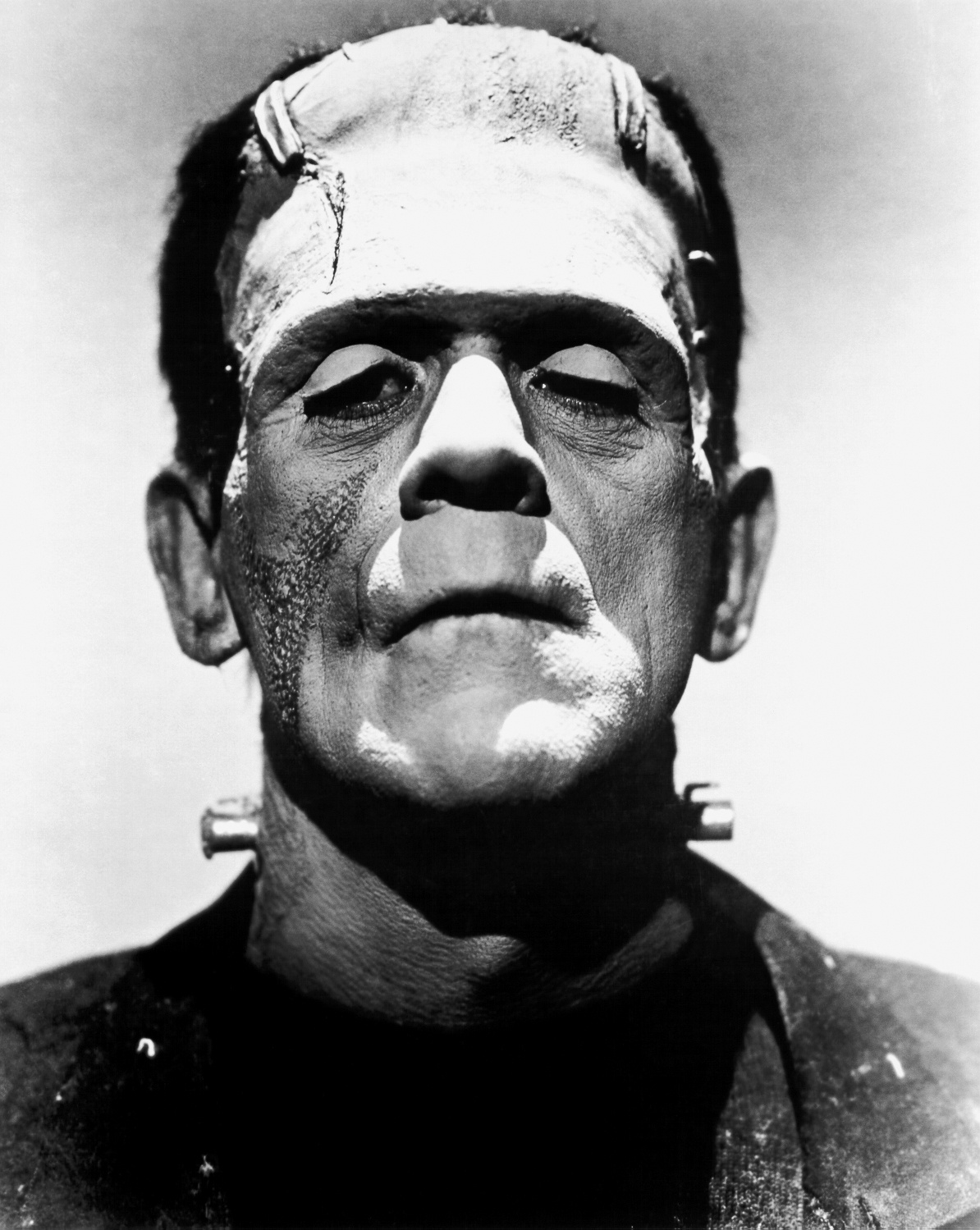OBJECTIVES OF: Aesthetics of Horror
- Explore the psychological and emotional curiosity for and impact of horror art on individuals and society
- Analyze the unique aesthetic qualities of horror art.
- Understand and utilize some basic principles of film and television analysis.
ORIGINAL POST: Components of Movies Horror
November 6, 2013
Within this Buffy episode there were many different examples of horror film characteristics. I am going to give one example from the buffy episode of non-diagetic, diagetic and mise-en-scene film principles. One example of a non-diagetic sound in the episode was the eerie music that was quietly playing in the background of scenes. This music is non-diagetic because the sound is coming from a source that was outside of the films world or it was edited in. I chose this example because the music was especially prominent after the voices of the towns people were gone. Because of the prominent exposure to the music, this non-diagetic example did add to the horror effect of the film.
A simple diagetic example that I chose was the scream that came from Buffy near the end of the episode. this scream also added to the aesthetic horror aspect of the episode because it was screamed after a prolonged time of low sound volume and even silence. This example is also diagetic because the the scream came from an actor in the film (Buffy) and was easily heard by other characters. I chose this because the scream stood out from the film and was an obvious example of diagetic sound.
An example of mise-en-scene in the episode was the lighting of the scenes in the movie. This example also enhance the aesthetic horror aspect of the film because of it’s eerie vibe it gives off. If this was filmed during the day the monsters floating around would not appear to be as creepy. The majority of the scenes in this episode were darkened which is why this example of lighting applies to mise-en-scene. I chose this example because it stood out throughout the episode, often when scenes were difficult to see.
Reflection:
This artifact shows how I understood the unique aesthetic qualities of horror art because it required me to research qualities like diagetic and non-diagetic sound and then analyze how they were appropriatly used to further the horror affect in movies. Buffy as the example movie incorporated non-diagetic sound of “the eerie music that was quietly playing in the background of scenes.” I stated to show how I have understood the reasons behind some of the basic film principles of horror movies. I added a picture of Frankenstein because this movie also had characteristics of mise-en-scene qualities and is a good representation of a classic horror film that used many of these filming tools.
This project did not directly make me asses the the curiosity that individuals have with horror movies, but I think that the suspense and ability to watch a movie like Buffy from the safety of the home is a prime example of why we love these films. Buffy entices viewers with suspense most prominently when everyone lost their voices and could not scream when the monsters came forth. This made me and probably others want to keep watching to see if they would be able to survive in the extreme conditions. I also think this project helped accomplish the course objective of analyzing the unique aesthetic qualities of horror because during this project I addressed how the very dark lighting in most of the scenes exemplified the “aesthetic horror aspect of the film because of it’s eerie vibe it gives off.”
IN THE FUTURE:
I think this project allowed me to critically asses horror movies but also opened a window for me to asses other films and the aesthetic reasons why that they look and feel a certain way. In the future I will most likely try to asses comedy movies and others to find out the film principles involved in evoking my attention. I think these skills will become useful for analysis books as well because they have some similar aspects that films do.

